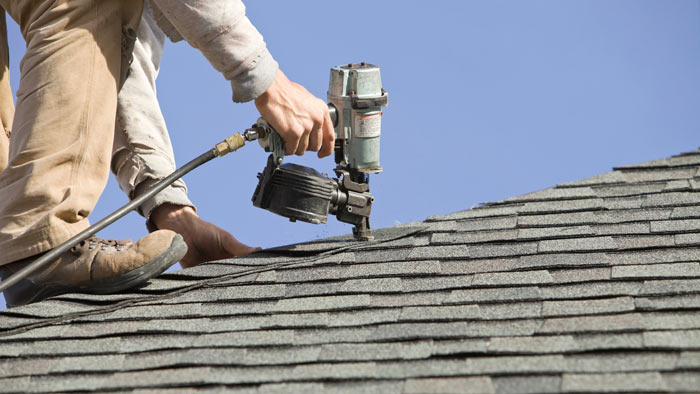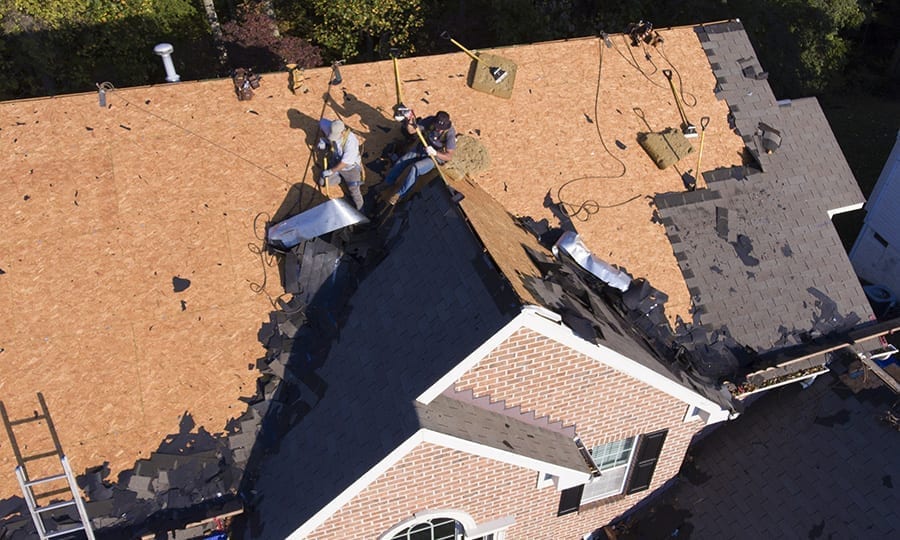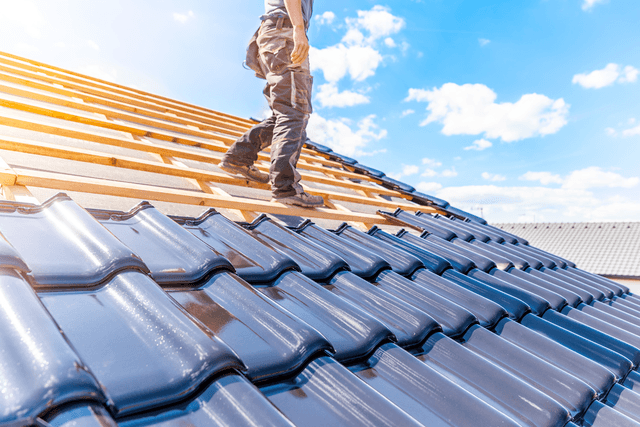Maximizing Longevity and Performance With Thoughtful Roofing System Replacement Selections
In a world where every decision relating to building maintenance holds significant weight, the option of roof covering substitute products stands out as an important one. From choosing the appropriate products to focusing on energy-efficient options and taking into consideration long-term toughness, each decision contributes to the overall efficiency of the roofing system.
Choosing the Right Roof Products
When thinking about the durability and efficiency of a roof substitute, what vital aspects should be taken right into account when selecting the right roof covering products? The option of roofing products plays a vital function in identifying the durability and performance of a brand-new roof. Variables such as the environment of the region, the incline of the roofing, and the overall spending plan are necessary factors to consider when choosing the most appropriate roofing products.
In regions with severe weather, such as hefty rainfall or intense sunshine, materials like steel or asphalt roof shingles might use better defense and longevity. The incline of the roofing system additionally influences the selection of materials, as products like clay tiles are much better suited for steeper roofings compared to flat roof coverings where rubber or PVC membranes could be better. The spending plan assigned for the roofing substitute project will determine the top quality and type of materials that can be made use of. Stabilizing these elements is vital in selecting roofing materials that will certainly make certain both longevity and effectiveness in the long-term.
Prioritizing Energy-Efficient Choices
Thinking about the crucial duty roof materials play in the long life and effectiveness of a roofing system substitute, a considerable aspect to focus on is the selection of energy-efficient alternatives. By selecting materials with high reflectivity and thermal emittance, such as steel roofs or trendy roofings coated with reflective products, structure owners can lower cooling prices during warm weather condition and decrease the metropolitan warmth island impact.
In addition, choosing energy-efficient alternatives can likewise positively influence the setting by lowering greenhouse gas discharges connected with excessive power use for heating & cooling. When buying a roofing substitute, it is vital to take into consideration not only the instant prices but likewise the lasting benefits of energy performance in regards to financial savings and ecological sustainability. By focusing on energy-efficient options, building proprietors can make the most of the efficiency and life-span of their roofs while promoting energy preservation and lowering their carbon footprint.
Thinking About Long-Term Longevity

Steel roof, for instance, click here for more info is very sturdy and can last for 50 years or even more with proper maintenance. It is immune to fire, mildew, insects, and rot, making it a preferred selection for resilient roofing systems.
Enhancing Insulation for Efficiency
To make the most of power effectiveness and decrease heating and air conditioning costs, boosting insulation in the roof is important. Proper insulation not just helps in keeping a comfortable indoor temperature level but additionally plays a considerable role in minimizing the overall power consumption of a structure. When thinking about roof substitute, going with top notch insulation materials can bring about long-lasting price savings and boosted sustainability.

Including Sustainable Practices
Sustainable roof choices such as amazing roofings, eco-friendly roofing systems, and solar panel setups can substantially minimize a structure's carbon footprint and energy consumption. Cool roofs, for circumstances, use reflective materials to reduce heat absorption, lowering cooling costs and lowering city warm island effects.
When selecting products for a sustainable roof substitute, it is vital to prioritize sturdiness, recyclability, and energy performance. Choosing recycled or in your area sourced products can minimize ecological effect, while choosing items with high thermal performance can boost the building's power effectiveness. Correct setup strategies and regular upkeep are essential to make sure the longevity and additional hints efficiency of lasting roofing systems. By including these sustainable methods right into roofing system substitute tasks, building proprietors can not just add to environmental conservation yet also advantage from lasting cost financial savings and functional efficiency.

Conclusion
In final thought, making thoughtful selections when changing a roofing system can considerably influence longevity and efficiency. By choosing the ideal products, focusing on that site energy-efficient options, considering sturdiness, boosting insulation, and including sustainable practices, homeowner can take full advantage of the life-span of their roof covering while also enhancing energy effectiveness. These decisions not only profit the setting but additionally contribute to long-term cost financial savings and overall structure efficiency.